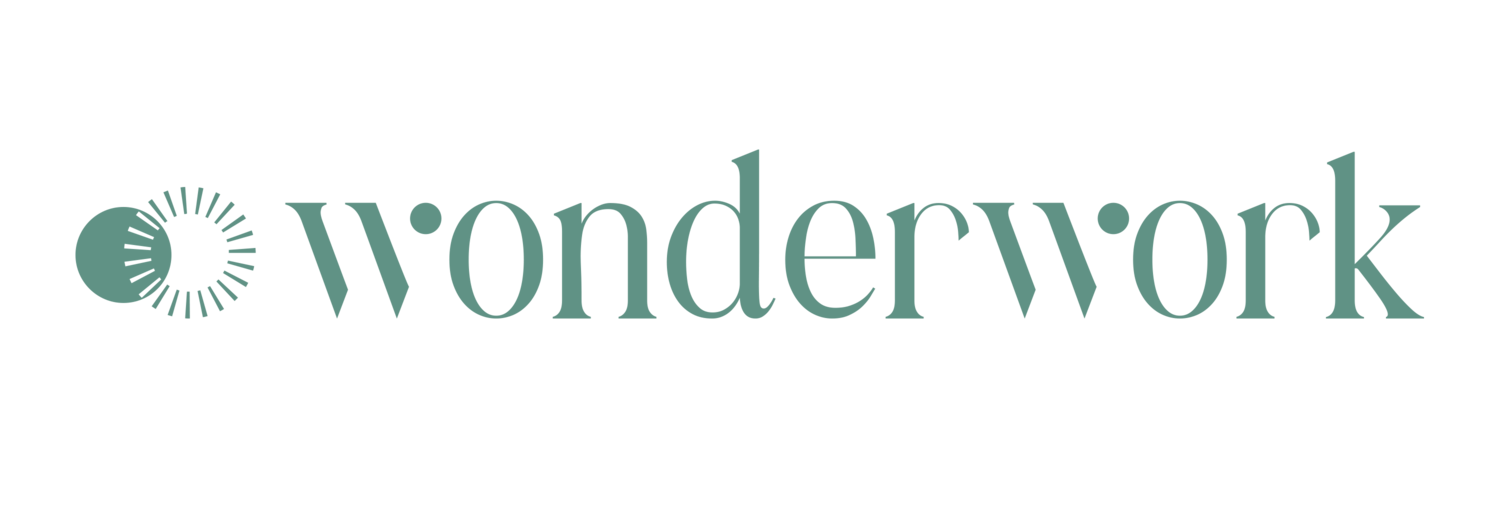Understanding the Differences Between 504 Plans and IEPs: Which One is Right for Your Child?
As parents, we want the best educational opportunities for our children, especially when they have learning challenges or disabilities. When navigating the educational system, you may come across two essential tools designed to provide support and accommodations to students: the 504 Plan and the Individualized Education Program (IEP). In this article, we will delve into the key differences between 504 Plans and IEPs, helping you make informed decisions regarding your child's educational needs.
What is a 504 Plan?
A 504 Plan is an accommodation plan under Section 504 of the Rehabilitation Act of 1973, which prohibits discrimination based on disability in any program receiving federal funding. The 504 Plan is specifically tailored for students with disabilities who may not require specialized instruction but need reasonable accommodations to ensure equal access to education.
The primary focus of a 504 Plan is to remove barriers that might hinder a student's learning process in a general education classroom. This plan is beneficial for students with conditions such as ADHD, medical conditions, or temporary impairments that impact their educational experience.
What is an IEP?
An Individualized Education Program (IEP) is governed by the Individuals with Disabilities Education Act (IDEA), a federal law that ensures students with disabilities receive appropriate educational services. The IEP is a comprehensive and personalized plan that outlines the specialized instruction and support services required to meet a student's unique learning needs.
Unlike a 504 Plan, an IEP is more extensive and includes specific educational goals, measurable objectives, progress tracking, and regular evaluations. It caters to students with disabilities that significantly affect their ability to succeed in a general education classroom.
Eligibility Criteria
For a student to qualify for a 504 Plan, they must have a physical or mental impairment that substantially limits one or more major life activities, such as learning, walking, seeing, or hearing. This eligibility is broader than that of an IEP, making it more inclusive for students with a wider range of disabilities.
To qualify for an IEP, a student must meet one of the thirteen disability categories outlined by the IDEA, such as autism, specific learning disabilities, intellectual disabilities, speech or language impairments, and more. The IEP eligibility criteria are more specific and demand a higher level of impact on the student's educational performance.
Services and Accommodations
504 Plans focus on providing reasonable accommodations to ensure a level playing field for students in a general education setting. These accommodations may include extended time on tests, preferential seating, note-taking assistance, or access to assistive technology.
In contrast, IEPs go beyond accommodations and provide specialized services to help students achieve their educational goals. These services may include individualized instruction, speech therapy, occupational therapy, counseling, and other targeted interventions.
The Role of General Education vs. Special Education
One key distinction between the two plans lies in the setting of educational services. A 504 Plan mainly operates within the general education classroom, with teachers implementing the specified accommodations. Conversely, an IEP often involves a mix of general education and special education settings, with special educators providing tailored instruction and services.
Annual Review and Reevaluation
Both 504 Plans and IEPs require periodic review and reevaluation to ensure they meet the student's evolving needs. For a 504 Plan, the school must conduct a reevaluation when necessary. In comparison, an IEP requires a full reevaluation every three years to determine the continued eligibility and appropriateness of services.
In summary, both 504 Plans and IEPs play crucial roles in supporting students with disabilities or learning challenges. The choice between the two depends on the individual needs of your child. A 504 Plan is more suitable for those who require reasonable accommodations, while an IEP is designed for students requiring specialized instruction and services. It is essential to work closely with your child's school and educators to identify the most appropriate plan that will empower your child to thrive academically and personally. By understanding the differences between 504 Plans and IEPs, you can make well-informed decisions to ensure your child's educational success.

